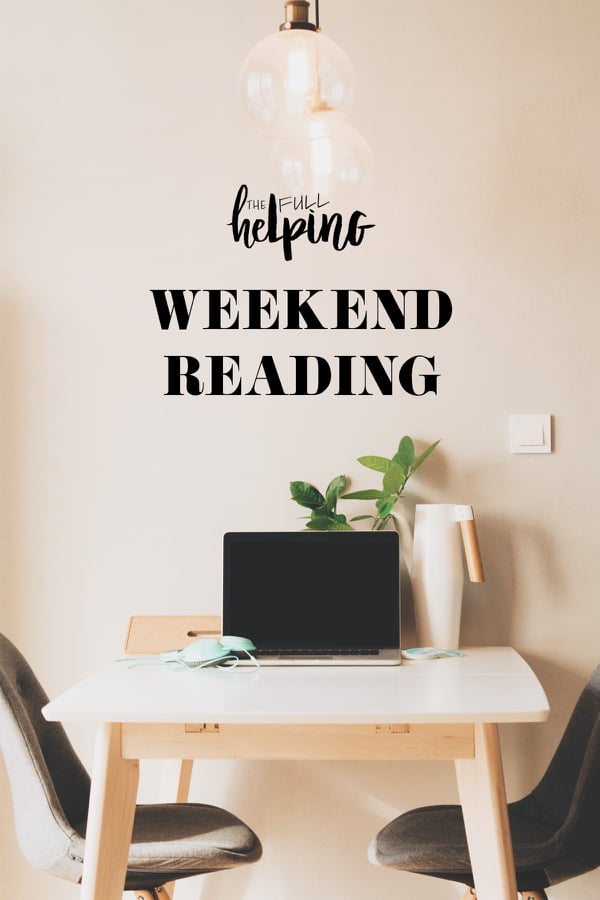
For dietitians, the DI year is supposed to be a pre-professional experience, supervised work that prepares us for the realities of practice. One of these realities, I’m starting to realize, is the exercise of judgment.
When I started the DI, I assumed that I’d be trained in guidelines and standards that would neatly inform all of my interventions and decisions. I’ve gotten plenty of exposure to evidence-based guidelines and best practices, but what I didn’t understand before the DI—and what I’m coming to understand now—is that the rules only go so far.
In a clinical or practice setting, a lot of the cases we see end up falling into gray areas. A patient presents with multiple complaints or diagnoses, all of which are significant, but some of which are more high priority than others. It’s the dietitian’s job to decide which nutrition problems are the most urgent and in need of addressing; in some cases, interventions for various problems might actually conflict.
Weighing treatments against each other, learning to prioritize nutrition problems, understanding the difference between medical nutrition therapy as it was taught to me in a classroom vs. real-world application: this isn’t something that I learned in school. It’s something I’m learning now, from my preceptors and my patients. The most daunting part of it all is the fact that preceptors can only guide me so far.
The other day, my preceptor pointed out to me that the calorie need estimate that I’d made for a patient was in keeping with clinical recommendations, but the actual energy intake looked, on paper, a little too low. I agreed, but I hadn’t been able to reconcile the discrepancy because I was so hung up on following calorie per kilogram guidelines for the disease state in question. “Use your clinical judgment,” my preceptor told me. “If the estimate looks low to you, then it probably is.”
It’s hard for me to do this when I show up to work each day. It feels less risky to memorize a set of rules and apply them diligently than to take a step back and ask myself whether what I’m seeing or recommending looks right, feels right, sounds right. Part of what I’m getting hung up on, I realize, is the idea that judgment and guesswork and intuition have no place in a clinical setting. I want to believe that everything in a hospital can work according to evidence and procedure.
I’m off—way off, really—in this kind of thinking. Everything I’ve ever learned working in healthcare environments has suggested to me that the most able practitioners are the ones who have developed clinical instincts. The physician I worked for in DC was exceptional precisely because she’d take risks and leaps of faith with her intuition as a diagnostician: even when a diagnosis wasn’t obvious, she’d have have a sneaking suspicion that it was right, and she’d investigate accordingly. Her instincts were usually confirmed, and even when they weren’t, she gained valuable information in pursuing them.
Intuition and judgment intimidate me right now because I can’t memorize them or develop them by sitting at home with a stack of flash cards. I have to build toward them through practice and exposure, which will involve some errors, and that’s what last week’s post was all about.
In the last few days, though, I’ve had some heartening reminders that I have better judgment than I give myself credit for. A few of them have happened on the job: I allowed myself to trust an instinct and then had it affirmed by evidence or validation from my preceptor.
But what’s helped me the most is actually thinking back to the nutrition counseling work I’ve done in the past, with far less clinical training than I have now, and realizing it has already given me much of the intuition that I need. If nothing else, it’s taught me to listen carefully to people, to pay attention, and paying attention is where clinical judgment springs from.
I’ve also been thinking about judgment, discernment, and decision making as they pertain to my broader responsibilities and identity as a practitioner. In the past few days I’ve been struck by how often I feel as though I don’t fit nearly into many of the communities or schools of thought that I work alongside in the nutrition space. I celebrate vegan nutrition, but I don’t always communicate or message the lifestyle the way other plant-based practitioners do. I’m evidence-based, but I’m also interested in the spiritual dimensions of well-being, the ways in which human beings give meaning to their own healing narratives. I’m inspired by the ideals of intuitive eating, but I stop short of thinking that it’s the only approach for all people; I always let my clients guide me in determining a philosophical framework for eating. I move through lots of different nutrition/food spaces, but rarely with a sense of full belonging.
Case in point: on Thursday night, in our DI class, we had our eating disorder lecture. I felt the same thing I felt when I spoke at the Balance panel last spring, which was that I’m deeply admiring of the work being done in the ED treatment space, and I’m also not at home there. The way I’ve come to understand, define, and experience recovery is at odds with a lot of the prevailing thinking about what “full recovery” means. The importance I’ve allowed food to have in my life would defy many practitioners’ conception of what a healthy relationship with food looks like. And my veganism is certainly at odds with the common assumption in treatment circles that food selectivity is always “smoke and mirrors.”
I’m at peace with this. When I left that lecture, I actually felt more solid in recovery than I have in a while, given how challenging my body dysmorphia has been (still is, honestly) this fall. And I felt reminded of what I’ve always believed, which is that all of us who have had tangled relationships with food will ultimately come to understand recovery in our own way. I understand not acting on destructive impulses and engaging in healthful, self-caring behaviors as a firm, ED recovery bottom line. I’d stop short of telling any person what the meaning of recovery is, or what it looks like. I know what mine looks like, and that’s all I know.
These musings look scattered when I glance over them, but for me, it all feels connected. This has been a week of learning to trust in my instincts, of having the courage to acknowledge that I have my own perspective on things. Nothing makes me feel safer or better or more accomplished than doing a stellar job of being what other people (or institutions, or programs) want me to be: meeting and exceeding expectations, hitting goals, scoring well. Even now, at thirty-six years of age, I’m a hopeless teacher’s pet. But the whole point of this education is to head out into the world and do my own work, even and especially when it means sticking to my guns.
I wish you a week of feeling tuned into your own intuition. Thanks for reading, as always, and here are the recipes and reads that caught my eye this week.
Recipes
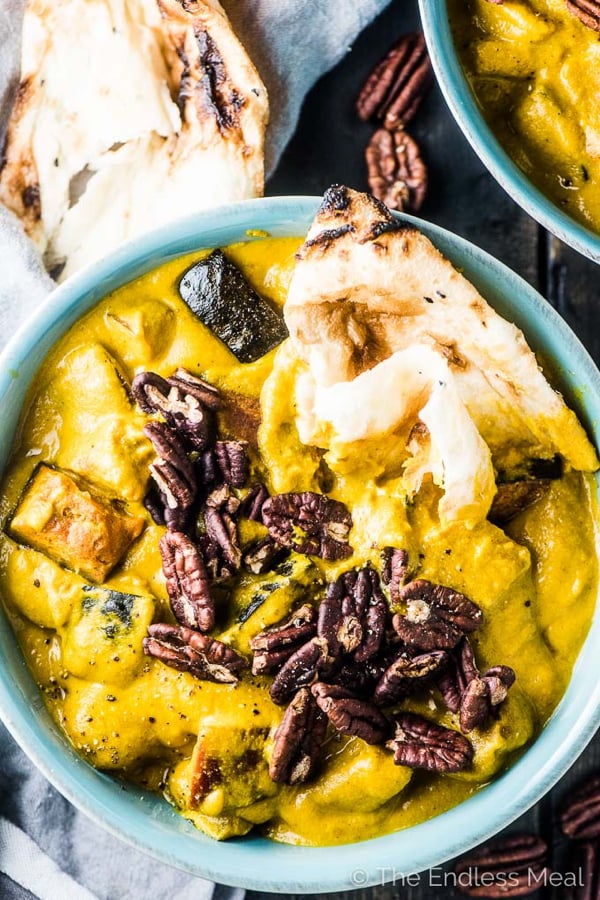
This and next week’s recipe picks will be all about things I’d love to have on my theoretical Thanksgiving table! First up: Kristen’s autumn roasted pumpkin curry.
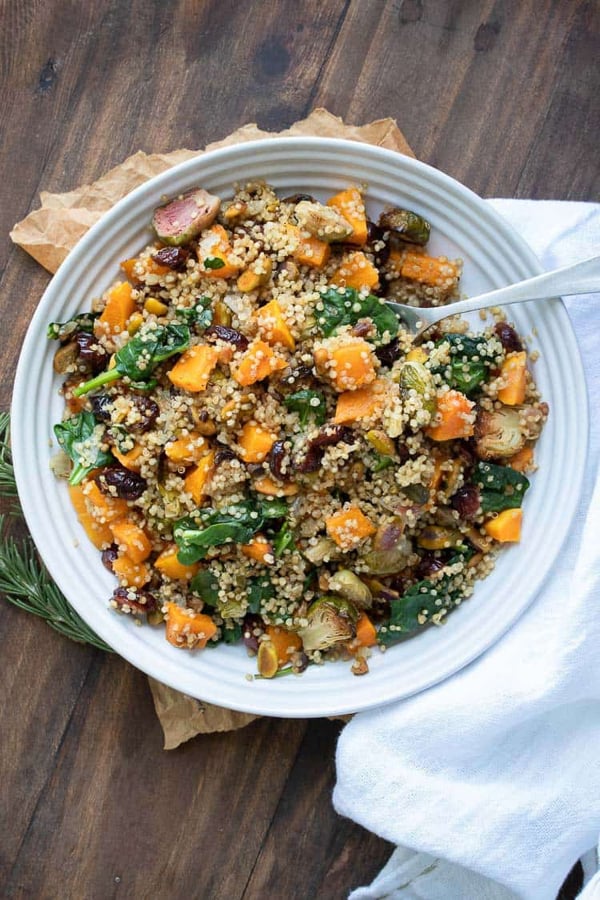
A great looking (and easy!) quinoa stuffing from my friend Sophia.
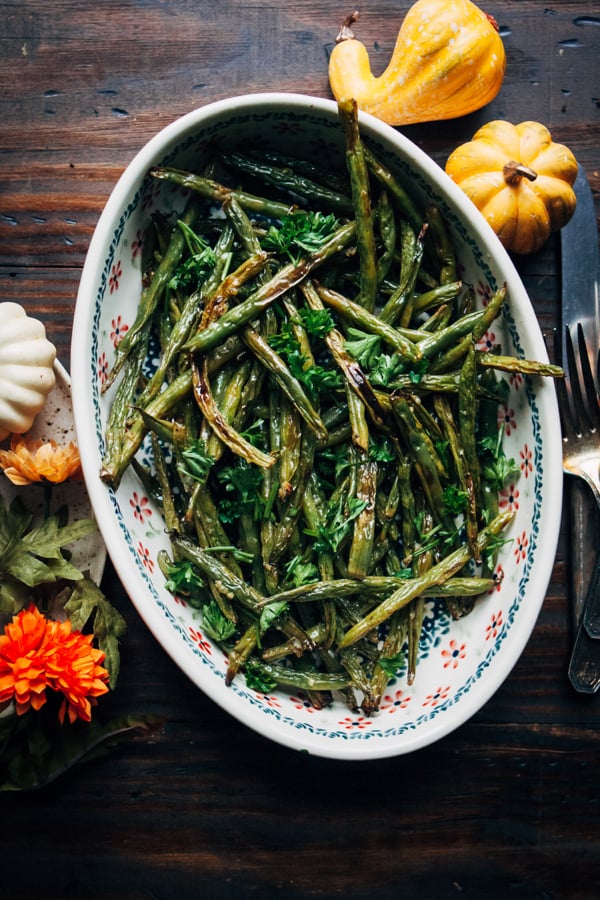
Loving Sarah’s perfectly seasonal, garlicky roasted green beans.
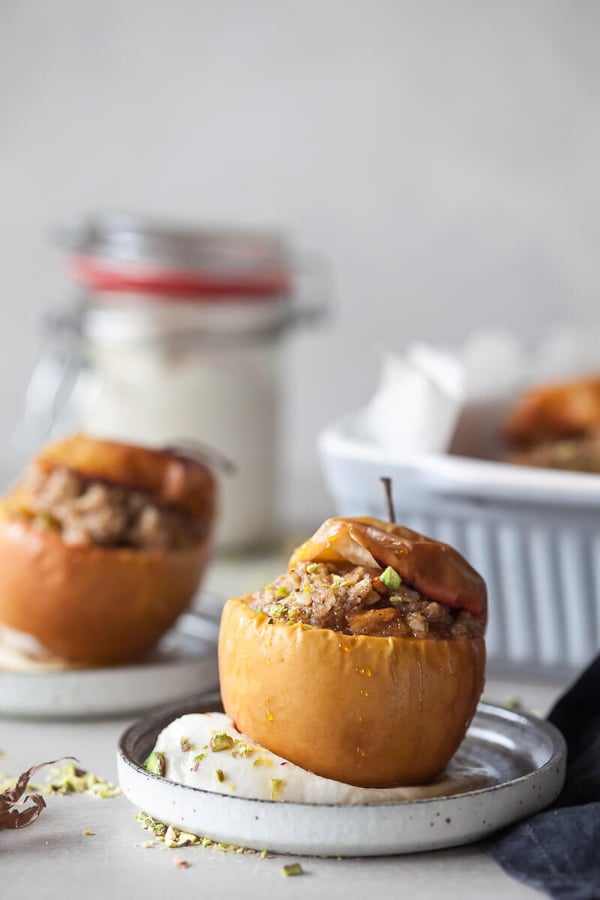
Dessert #1: Kristina’s awesome, cozy cinnamon baked apples.
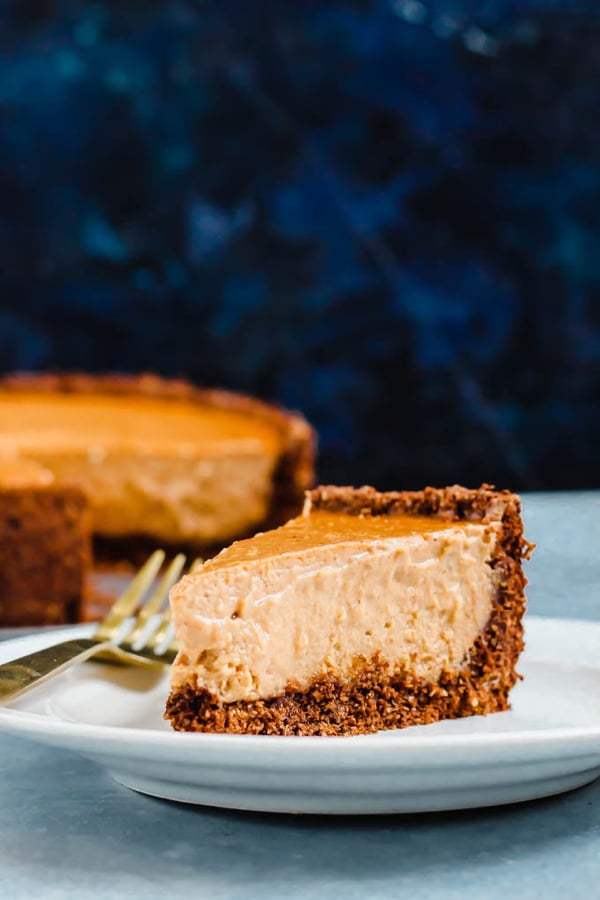
Dessert #2: Will someone please give me a big slice of Emilie’s scrumptious vegan pumpkin cheesecake with chocolate crust?!
Reads
1. If you’re as excited as I am about holiday baking, this quick flour primer from the folks at The Kitchn may come in handy.
2. I love the idea of toy libraries, which have the potential to build upon “the social foundation that people already understand from traditional book-lending libraries . . . a kind of infrastructure for sharing and disseminating knowledge.” Not to mention an important place for kids to play, to explore, to savor unstructured time.
3. So much I agree with in Shayla Love’s frank, gutsy take on food intolerance testing. There is a growing body of tests being marketed as valid, reliable means of diagnosing food intolerances. The problem is that food intolerances are more incompletely understood than food allergies, for which there is a long-established, known mechanism. And the presence of IgG antibodies, contrary to what intolerance test marketers claim, isn’t necessarily indicative of an intolerance. It can simply mean that you’re eating a certain food pretty often, which has the particularly insidious result of forcing unsuspecting consumers to eliminate foods they love and rely upon.
More importantly, at least from a mental health perspective, these tests tend to capitalize upon the idea that, if you have GI distress, you’re being quietly sickened or poisoned by food. Love writes,
The problem with these tests isn’t that the truth is being hidden from consumers, it’s that: if you are struggling with any kind of disordered eating or thinking patterns, you will latch onto them despite what the evidence says . . . Because of my OCD, I also love rules, and once I implement a rule, it’s extremely difficult for me to break it, as it becomes a ritual. As last year went on, and I got my anxiety under control again, I still couldn’t manage to eat those foods.
Love also interviews gastroenterologist Emeran Mayer, who notes that the anxiety associated with identify certain foods as potential triggers or intolerances can actually create—via the nocebo effect, which I spent a lot of time studying as a master’s student—the very cascade of symptoms that folks are hoping to get relief from:
He thinks everyone is vulnerable to the underlying mental booby traps these tests put out there: The idea that there are foods, healthy foods, that are secretly making you sick. The anxiety such a thing creates is not benign, he says . . .
. . . [w]hen people have extreme anxiety, the brain generates stress signals that travel to the gastrointestinal tract through the autonomic nervous system and the vagus nerve. This stress can change a lot of aspects of the gut and digestion. It can alter transit time of food through the digestive system, it can change blood flow or immune responses, it can change secretion of mucus, and all of those changes can then affect the bacteria that live in your gut, or your microbiome.
‘If you’re walking around being stressed around your food and being constantly worried, that is becoming kind of a self-fulfilling prophecy from the nocebo effect,’ he says . . . ‘But also it changes your gut-environment context in a way that can compromise the proper digestion of food. There’s a really close link between anxieties, food-related stress, and gut dysfunction.’
Of course certain food can serve as very real triggers for digestive distress: this can be true of high FODMAP foods for those who are sensitive to them, and more broadly, some of us just have a hard time digesting certain things (onions, crucifers, raw veggies, spicy food—you name it).
But it has been my overwhelming experience that the dialog about intolerances in the wellness space is often scientifically misleading, and that the anxiety it creates can actually compound and worsen GI distress. I think it’s so important for practitioners who work with digestive health to remain vigilant of food-related anxiety and disordered eating, addressing intolerances only in a way that’s evidence-based and sensitive to the health and well-being of patients.
4. I’m grateful to Carrian for introducing me to the phrase, “if you’re on the right path it will always be uphill.” Not sure I agree with the “always” bit, but I need a lot of reminders that struggle and pain are a natural, important part of life experience. Or, to quote from one of my wise readers, “it’s not easy and it isn’t supposed to be.”
5. Finally, and while we’re on my favorite topic of the placebo/nocebo effect, the New York Times shares new insights into how the placebo effect really works.
Happy Sunday, everyone. I’m back this week with a new, tasty, low-maintenance Thanksgiving recipe!
xo

0 comments